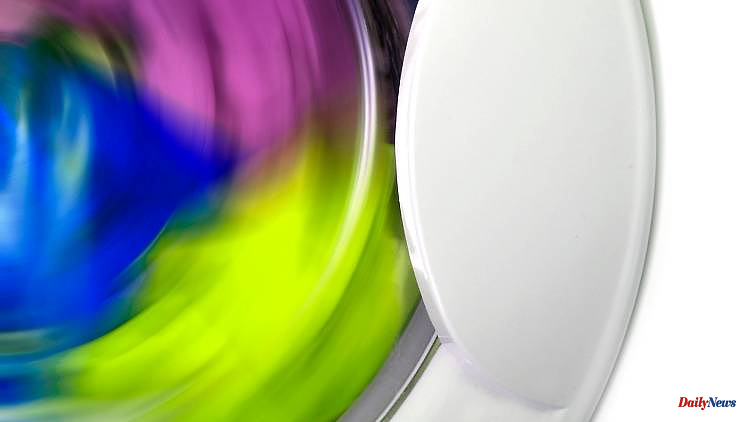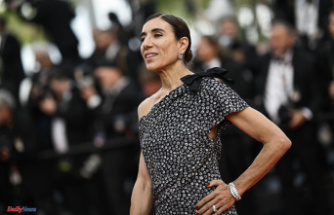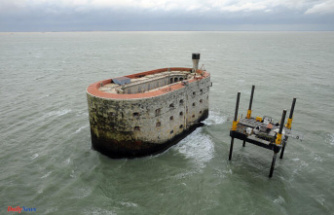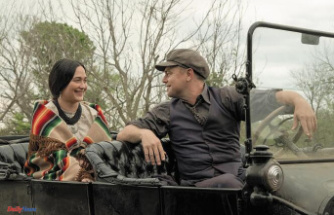The washing machine always seems to run. A family of four has an average of five washing machines per week, sometimes even more. The device should be powerful and economical. Many can convince in the product test - two fail.
An average washing machine has to wash hundreds of kilograms of dirty laundry every year. The devices should also be resilient. And frugal. After all, energy is currently expensive.
Stiftung Warentest tested 14 front loaders for washing performance, durability, handling, environmental properties and protection against water damage. These devices are the most commonly sold. The standard dimensions are 60 centimeters wide, 85 centimeters high and 57 to 69 centimeters deep. The drum sizes range from six to nine kilograms maximum capacity.
An important selection criterion for a washing machine is the spin speed. It indicates how fast the washing drum can rotate when spinning. The faster, the more water it squeezes out of the laundry. This is important if the textiles are then to be dried in the tumble dryer. The less residual moisture the laundry contains, the less electricity and time the dryer consumes. Machines with 1400 revolutions per minute leave around 50 percent residual moisture. Tumble dryers work well with this. With 1600 spin cycles, 45 to 50 percent residual moisture remains. The spin result is sometimes a little better than with 1400 revolutions. However, the laundry creases more. This makes ironing difficult.
In the long-term test, the testers had three copies of each washing machine model washed 1,640 times with different programs in the laboratory. This endurance test lasts around eight months and simulates around nine years of use with 3.5 washes per week.
Result? Nine models get the grade "good". They wash clean, are economical to use, safe and robust in their durability. Two models, the "LG F4WV708P2" and "Samsung WW8GT654ALXE", failed the durability test with "inadequate" due to bearing damage or broken concrete weights.
Seven machines are tied at the top of the table with the overall grade "good" (grade 1.6). Two of them wash very well. Namely the "Bosch WAX32M92" for 920 euros and the identical "Siemens WM16XM92" for 900 euros. The "Miele WCI 870 WPS" (1600 euros) uses particularly little electricity and water. Bauknecht's "B8 W846WB DE" (2.1) offers the cheapest combination of low purchase price, low operating costs and good test results for 700 euros. The cheapest good machine is available in the form of the "Constructa CWF14UT0" (1.6) from 550 euros.
When buying a washing machine, it's not just the price that counts, because water and electricity costs also have to be taken into account. As a result, the inexpensive Constructa is more expensive than the Bauknecht for more than ten years, even though it has a higher purchase price. The economical Miele, on the other hand, is so expensive that after ten years only the environment benefits.
Overall, however, the development of the electricity consumption of the tested washing machines in Eco mode is pleasingly positive. In the Eco 40-60 program, they used about half as little electricity on average and finished half an hour earlier than washing machines in the economy program two years ago.
(This article was first published on Monday, September 19, 2022.)












